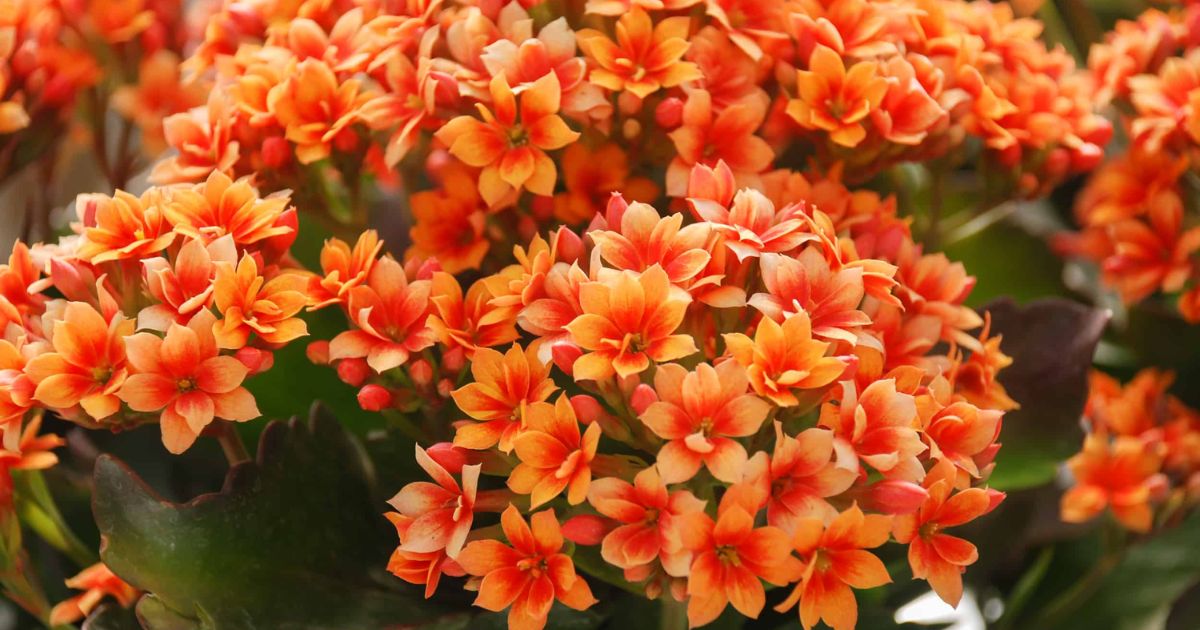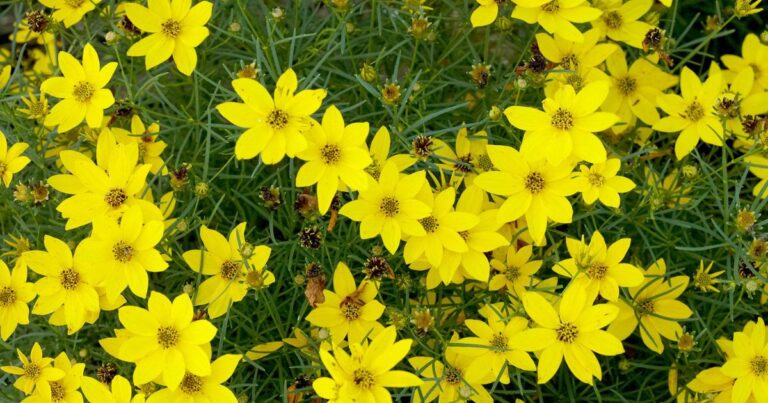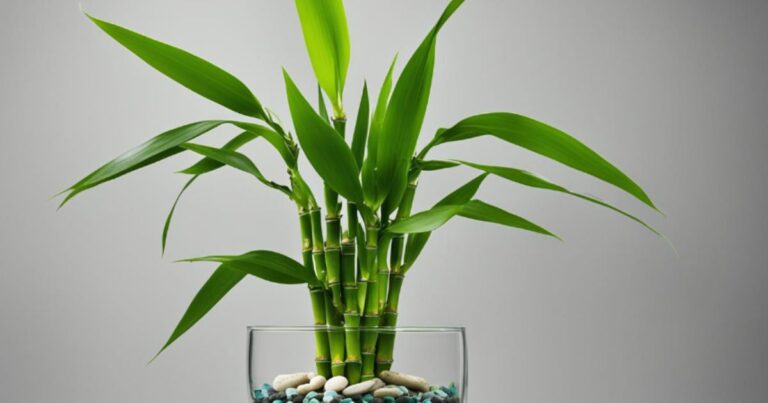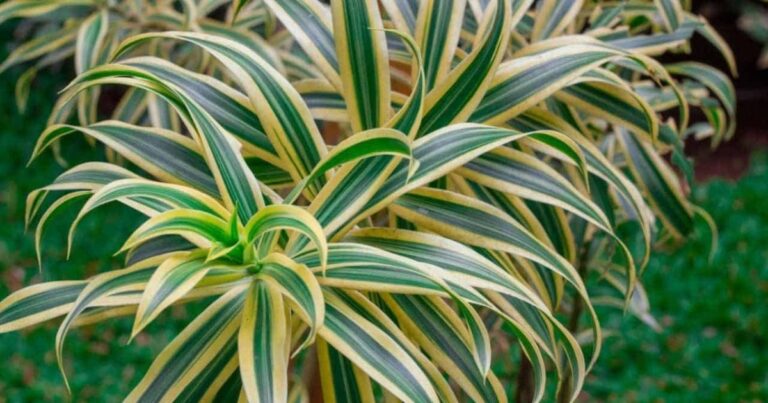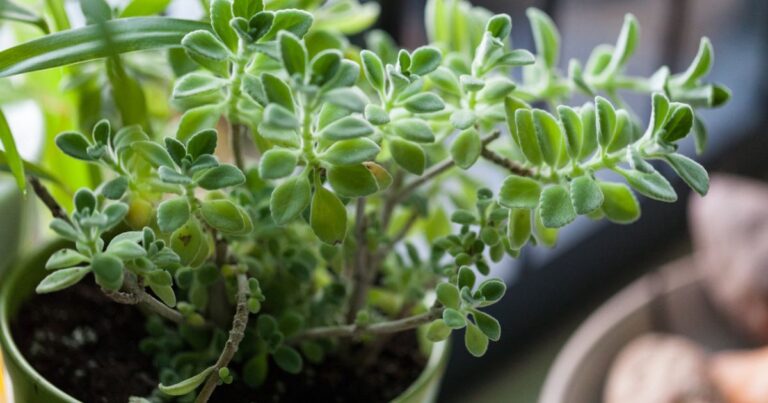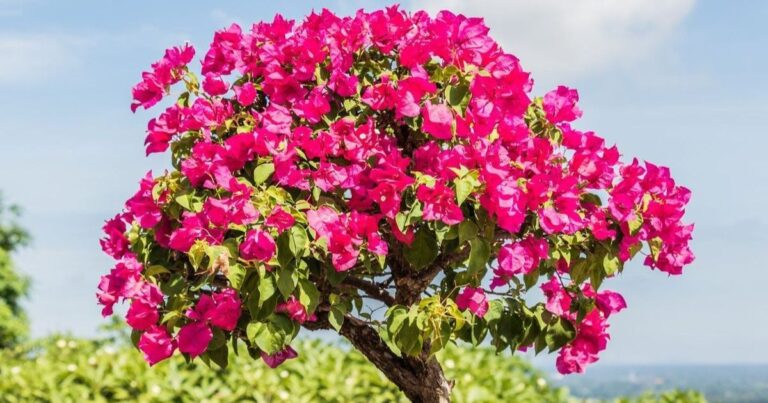Kalanchoe Plant Care – Planting, Benefits, Propagation And Uses
Enter the Kalanchoe, a resilient and versatile member of the Crassulaceae family that has captured the hearts of plant enthusiasts around the world. With its diverse species showcasing striking flowers and unique foliage, Kalanchoe offers something for everyone—from beginners looking to cultivate their green thumb to seasoned gardeners eager for new challenges.
But caring for this remarkable plant goes beyond simply watering it; mastering Kalanchoe Plant Care can unlock its full potential in your indoor garden. In this guide, we will delve into the essentials of planting, propagation techniques, and the myriad benefits of incorporating Kalanchoe into your living space.
What Is Kalanchoe Plant?
The Kalanchoe plant, often celebrated for its striking blooms and succulent leaves, hails from the diverse regions of Madagascar and parts of Africa. This hardy member of the Crassulaceae family thrives in arid conditions, effortlessly making it a popular choice for those eager to introduce vibrant greenery into their homes or gardens.
Its fleshy foliage not only serves as a water reservoir but also presents an array of textures and colors—from deep greens to silvery hues—adding visual interest to any space.
In some cultures, it is revered not only as an ornamental plant but also for its medicinal properties, believed to aid in treating ailments ranging from respiratory conditions to minor wounds. For garden enthusiasts and novice plant parents alike, nurturing a Kalanchoe can be rewarding.
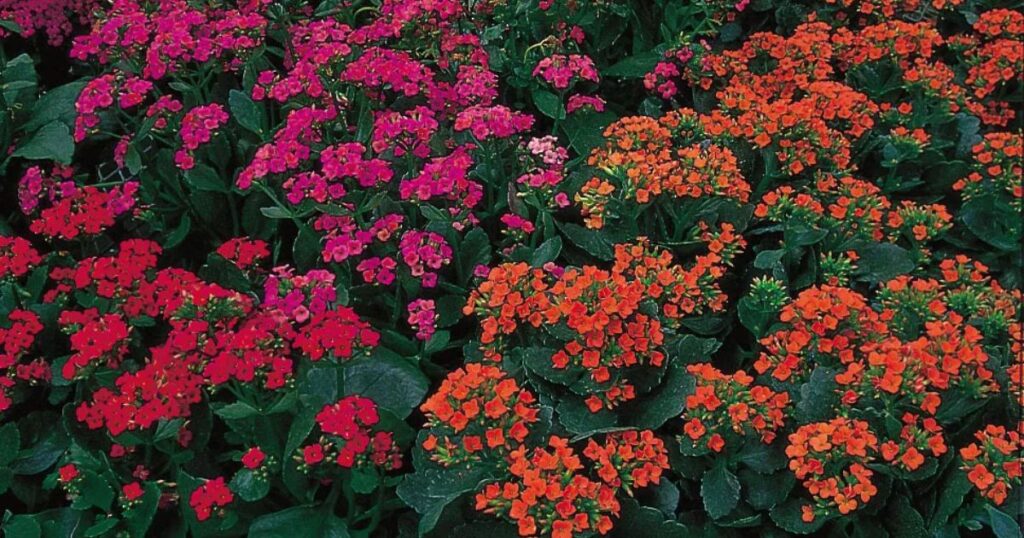
Types Of Kalanchoe Plant
- Pink Kalanchoe Plant
- Red Kalanchoe Plant
Pink Kalanchoe Plant
The Pink Kalanchoe plant, with its vibrant clusters of rosy blooms, has emerged as a beloved centerpiece in homes and gardens alike. With a little care, this hardy plant can thrive in various light conditions, from bright indirect sunlight to partially shaded areas.
Its ability to store water in its fleshy leaves means that it requires infrequent watering—ideal for those who may forget their weekly gardening duties. Beyond its captivating appearance, the Pink Kalanchoe carries an array of benefits that go beyond ornamental value.
Red Kalanchoe Plant
The Red Kalanchoe plant, often celebrated for its striking crimson blooms, adds a vibrant touch to any space. Adapted to thrive in arid environments, the Red Kalanchoe requires minimal care—perfect for those who want to enjoy the beauty of flowers without the stress of high-maintenance gardening. Its fleshy leaves store water efficiently, allowing it to flourish even in less-than-ideal conditions.
Beyond their aesthetic charm and hardiness, these plants possess a unique capacity for propagation that can spark creativity in any plant enthusiast. With just a leaf or stem cutting, multiple new plants can emerge—making your Green Thumb moments feel rewarding and achievable.
kalanchoe Plant Care
These succulent beauties thrive in bright, indirect sunlight; a bit of afternoon sun can truly enhance their vibrant blooms. To ensure your kalanchoe flourishes, consider rotating the pot occasionally to promote balanced growth and prevent leaning towards the light source.
Watering needs for these plants are straightforward yet vital—allow the soil to dry out between watering sessions to mimic their natural arid environment. A common mistake is overwatering; instead, embrace a less is more approach. Kalanchoes respond exceptionally well to pruning after flowering; this not only keeps the plant tidy but encourages bushier growth and new blooms when spring arrives.
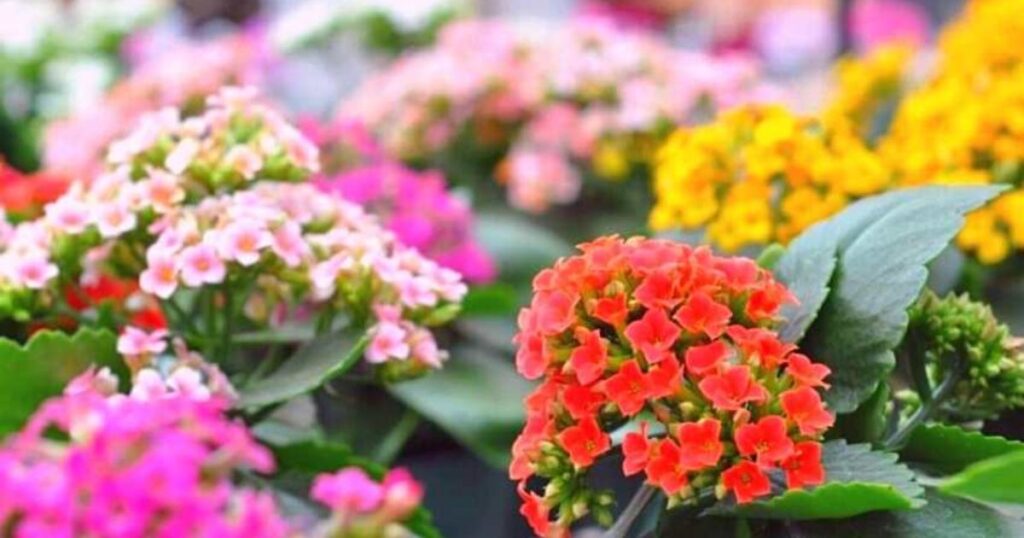
Kalanchoe Plant Care Indoors And Outdoors
Kalanchoe plants, with their vibrant blooms and succulent leaves, can be a delightful addition to both indoor and outdoor spaces. When caring for these resilient beauties indoors, it’s important to choose a bright spot that receives indirect sunlight.
While they appreciate warmth, make sure the temperatures don’t dip below 50°F—kalanchoes thrive in stable environments. Watering should be moderate; allow the soil to dry out completely between waterings to prevent root rot, making them an ideal companion for those who may occasionally forget about plant care.
Outdoor kalanchoes require slightly different attention depending on your climate. In regions with warm summers and mild winters, planting them in well-draining soil enhances their growth potential while providing better aeration for their roots. Incorporating mulch can help regulate soil temperature and moisture levels.
How To Plant Kalanchoe?
To successfully plant kalanchoe, begin by selecting the right potting mix. This succulent thrives in well-draining soil; a combination of half cactus soil and half perlite can work wonders. As you prepare to transplant your kalanchoe, ensure that the pot has adequate drainage holes to prevent root rot—a common nemesis for succulent plants.
Gently remove your kalanchoe from its nursery container, taking care not to damage its roots, and place it into the new pot, allowing for a snug but not cramped fit. Once planted, hydration is crucial yet deceptively simple with kalanchoe.
Give it a thorough watering initially to establish moisture but let the soil dry out between waterings; this mimics its native arid environment and encourages strong root development. Positioning your newly planted succulent in bright indirect sunlight will promote healthy growth while keeping those vibrant blooms coming—kalanchoes are known for their stunning flower clusters!
Kalanchoe Plant Propagation
Kalanchoe plants are not only admired for their vibrant blooms and easy care, but they also offer fascinating opportunities for propagation. One of the most captivating methods is using leaf cuttings, which can yield numerous new plants from just a single leaf. Simply remove a healthy leaf from the parent plant, let it dry for a day or two to form a callus on the cut end, and then place it in well-draining soil.
With proper light and minimal watering, you may soon notice tiny plantlets sprouting from that single leaf—an enchanting reminder of nature’s remarkable ability to regenerate. Beyond leaf cuttings, Kalanchoe can also be propagated through offsets or “pups” that naturally develop around the base of the mature plant.
Kalanchoe Plant Growing
Kalanchoes can thrive even in tough conditions. With some care, you can encourage these resilient plants to produce colorful flowers. Provide well-drained soil and bright, indirect sunlight for the best growth.
Kalanchoes have a unique way of spreading. They often grow small plantlets along the edges of their leaves, allowing them to multiply easily in the right conditions. While caring for your Kalanchoe, try using water stress techniques to boost blooming. Allow the soil to dry out a bit between waterings to mimic their natural dry environment and encourage more flowers.
Kalanchoe Plant Care In Winter
As winter comes, the Kalanchoe plant needs special care to survive the cold. It thrives in bright, indirect light but can grow leggy without enough sunlight. Rotate your Kalanchoe regularly to ensure it gets even light and grows evenly.
If there isn’t enough natural light, a grow light can help your plant stay healthy and bloom. Watering is also important; be careful not to overwater, as this can cause root rot when temperatures drop and indoor humidity decreases.
Is The Kalanchoe Plant Toxic To Cats?
Pet owners should exercise caution when it comes to these stunning succulents. The plant contains compounds called bufadienolides that can be toxic to cats if ingested in substantial quantities. Symptoms of toxicity may include vomiting, diarrhea, and in severe cases, disruptions to heart rhythm.
While many domestic cats are often savvy enough to avoid potentially harmful items, curious companions might nibble on a leaf out of sheer curiosity or boredom. The severity of the reaction can vary depending on the individual cat’s health and sensitivity levels.
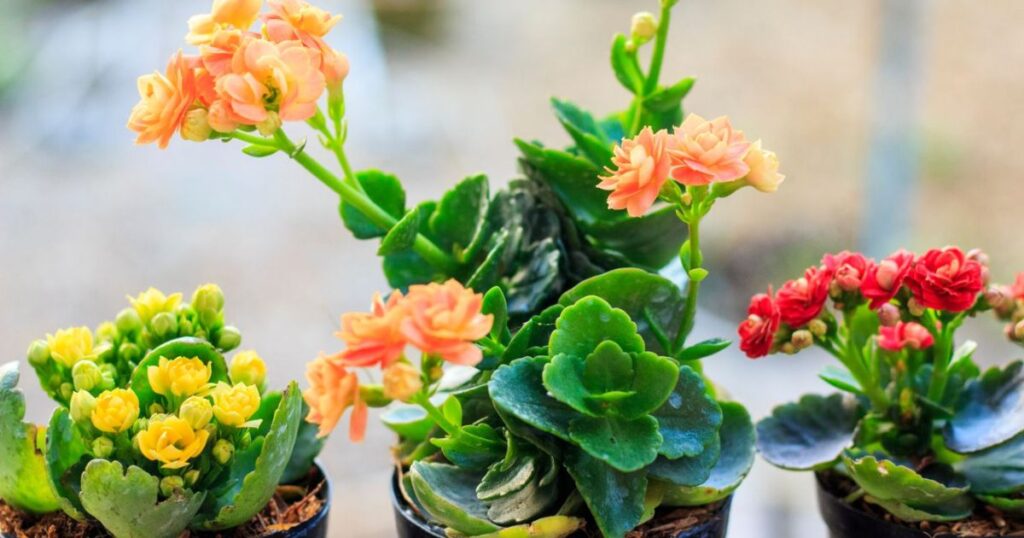
What Use Of Kalanchoe Plant For Cancer?
Kalanchoe, a succulent plant revered for its vibrant green leaves and striking flowers, is gaining attention for its potential benefits in cancer care. Research into various species of Kalanchoe, particularly Kalanchoe pinnata, reveals the presence of compounds like flavonoids and glycosides that may exhibit anti-cancer properties.
These bioactive substances have been linked to inhibiting tumor growth and promoting apoptosis—the programmed cell death crucial in combating cancer cells. Scientists are exploring these components to determine how they can synergize with conventional treatments, possibly enhancing overall efficacy while reducing side effects.
What Are Kalanchoe Plant Benefits And Uses?
- Air Purification: These hardy succulents are not just pretty to look at—they can help improve indoor air quality by absorbing harmful toxins.
- Medicinal Properties: Certain species like Kalanchoe pinnata have been traditionally used in folk medicine to treat wounds, infections, and skin ailments due to their anti-inflammatory properties.
- Low Maintenance: Perfect for busy individuals or beginners in gardening, Kalanchoes require minimal care while still providing vibrant color to any space.
- Aesthetic Versatility: With a plethora of shapes and colors, these plants can complement various decor styles—whether you prefer modern minimalism or bohemian lushness.
- Drought Resistant: Their ability to thrive with little water makes them eco-friendly choices for sustainable living and xeriscaping gardens.
- Symbolic Meaning: In many cultures, Kalanchoes symbolize joy and happiness, making them thoughtful gifts for loved ones during celebrations or as housewarming presents.
- Educational Opportunities: Growing Kalanchoe can provide an excellent opportunity for children and adults alike to learn about botany, plant care routines, and photosynthesis processes.
- Culinary Uses: Some varieties have culinary applications; the leaves can be incorporated into salads or used as herbal remedies in specific cuisines around the world.
Kalanchoe Vs Hoya Surigaoensis
Kalanchoe, with its succulent leaves and vibrant clusters of small flowers, thrives in arid environments. Its ability to store water reflects a resilience that appeals to gardeners drawn to drought-resistant flora.
Hoya surigaoensis presents a different kind of allure with its waxy leaves and star-shaped flowers that exude a sweet fragrance. Adapted for humid conditions, this vine captures the essence of tropical elegance by beckoning collectors into a world where rare botany meets horticultural artistry.
A relatively slower grower compared to Kalanchoe’s rapid development, the patience required for nurturing Hoya can become part of a rewarding ritual; each blooming season transforms waiting into anticipation and joy as those intricate blossoms unfurl.
Conclusion
Kalanchoe plants Care is a rewarding endeavor that offers a wealth of benefits, from their stunning blooms to their air-purifying qualities. By understanding the specific planting requirements and propagation techniques, gardeners can easily cultivate these resilient succulents in their homes or gardens. With proper care, Kalanchoes can thrive and bring vibrant color to any space while also providing an array of medicinal uses.

